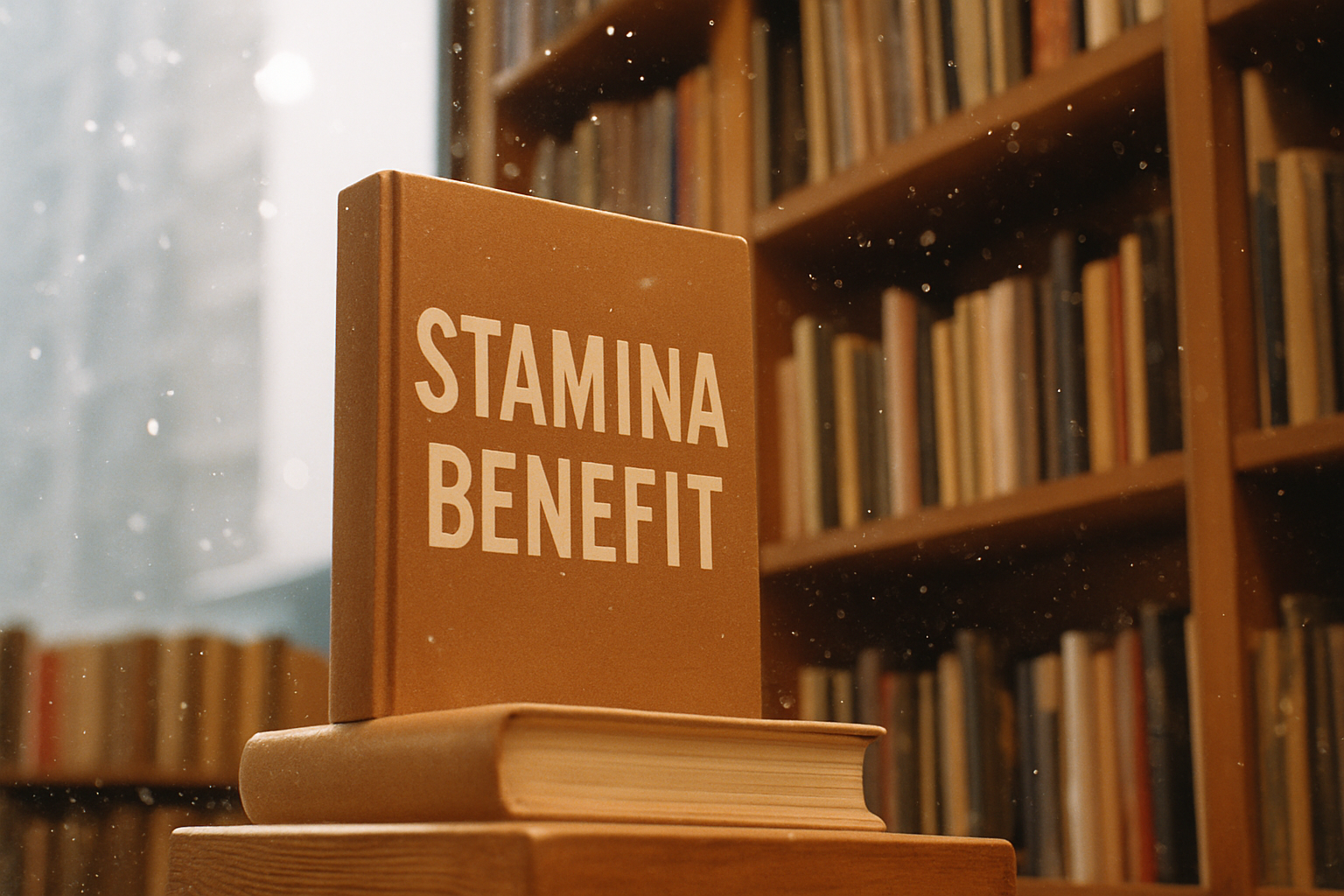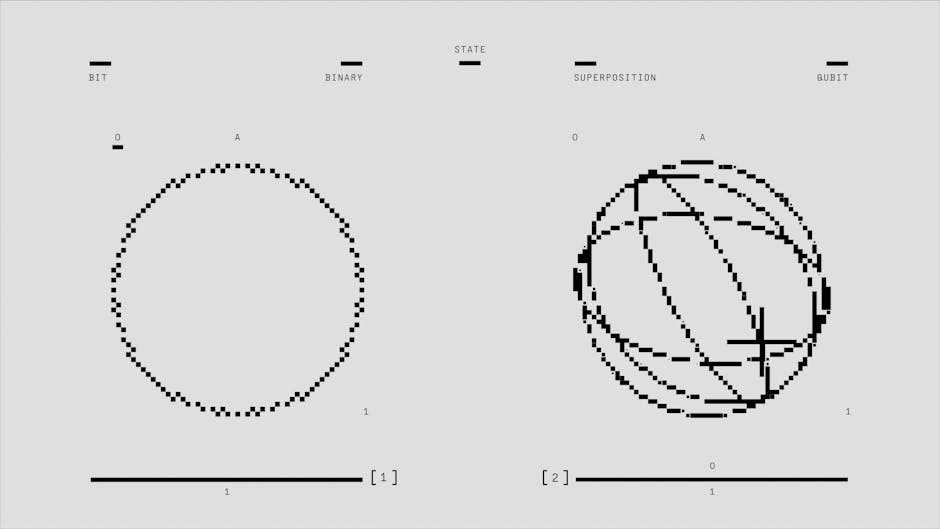HIIT (High Intensity Interval Training): HIIT is built around alternating short, explosive bouts of activity with slow recovery periods. Think sprint for 30 seconds, walk for 90. Then repeat. It’s a no frills approach that trains your body to hit max effort fast and bounce back just as quickly. HIIT pushes your heart rate through the roof, taps into fat stores, and leaves your engine revving long after the workout ends.
Steady State Cardio: This is your classic, consistent cardio no sudden spikes, just holding a moderate pace for a sustained time. Whether it’s jogging, swimming, or a long bike ride, the key is staying in that aerobic zone. It’s less intense but more meditative, which makes it accessible and sustainable long term. Think of it as the slow burn that builds serious endurance without frying your nervous system.
Baseline Benefits for Both
When it comes to choosing between HIIT and steady state cardio, it’s important to recognize that both bring a range of foundational health benefits. No matter your fitness level or long term goal, these shared advantages make cardio a staple in any well rounded fitness plan.
Cardiovascular Health
Both forms of cardio strengthen the heart and improve blood circulation.
Regular aerobic activity lowers blood pressure and reduces your risk of heart disease.
Weight Management
Cardio helps burn calories and supports a healthy metabolism.
When combined with proper nutrition, both HIIT and steady state aid fat loss and weight control.
Mood and Energy Boost
Cardio triggers the release of endorphins, your body’s natural mood enhancers.
Regular movement combats fatigue and leads to increased daily energy levels.
Enhanced Metabolic Function
Both styles of training contribute to better glucose regulation and insulin sensitivity.
A well functioning metabolism helps your body process nutrients more efficiently and supports long term vitality.
Bottom line? Whether you’re sprinting through intervals or jogging at a steady pace, cardio offers vital benefits that go beyond just burning calories.
HIIT: The Power of Going Hard, Fast
HIIT isn’t magic. It’s just smart training packed into tight, no nonsense blocks. Think sprints, burpees, or cycling intervals done in under 30 minutes but with intensity dialed way up. For people short on time, HIIT delivers serious returns: stronger lungs, better endurance, and visible results without living at the gym.
One of its biggest advantages is what happens after the workout. Thanks to something called excess post exercise oxygen consumption (EPOC), your body keeps burning calories long after you’ve stopped moving. That means you torch more fat while sipping your post workout coffee.
Then there’s VO₂ max the gold standard for heart and lung power. HIIT improves it faster than most traditional steady state routines. If you want cardiovascular results you can feel (and measure), interval training gets it done.
Still, HIIT isn’t for everyone. The speed and intensity are unforgiving. Poor form or skipping recovery can quickly turn gains into injuries. It rewards precision and punishes shortcuts. So if you’re just starting out or dealing with nagging knees, build a base first. Pushing hard is fine as long as you keep your technique tighter than your schedule.
Steady State: The Endurance Advantage

Steady state cardio doesn’t try to impress you with flash. It’s simple, steady, and surprisingly effective especially for those who need consistency over chaos. One of its biggest strengths? It’s kind to your joints. That makes it ideal for beginners, people recovering from injuries, or anyone craving a workout that doesn’t punish their body.
This kind of training also lays the groundwork for long term heart health. It builds your aerobic base gradually, which means your cardiovascular system gets stronger over time without the volatility that comes with HIIT. If you’re thinking long game, this is your move.
Another bonus: cortisol control. HIIT spikes stress hormones (sometimes in good ways), but too much can burn you out. Steady state helps keep things balanced, lowering your stress load while still delivering the energy boost a good workout brings.
Mentally, steady state cardio is underrated. There’s a meditative quality to getting into a rhythm walk, jog, ride where your body works and your mind decompresses. It doesn’t just train your heart; it calms your head.
Which One Should You Pick?
There’s no universal answer it comes down to your goals, fitness level, and how much time you’ve got. Trying to drop fat fast with limited training windows? HIIT packs a punch. Short, intense sessions can squeeze maximum burn into minimum time, which is perfect if your schedule’s tight.
But if your focus is more on building long term stamina, easing back into movement, or keeping stress in check, steady state cardio pulls ahead. It’s easier to recover from, doesn’t fry your nervous system, and helps maintain endurance without wearing you out.
The smartest approach? Blend both. Alternate days, or cycle by week. Use HIIT when you’re short on time or want a challenge; lean on steady state when you need to reset or go the distance. It’s not either or it’s about knowing when to use what.
Recovery: The Overlooked Game Changer
No matter what kind of cardio you’re sweating through HIIT, steady state, or a mix of both recovery isn’t optional. It’s the silent force that makes your training actually count.
First up: nutrition. Skipping meals or under eating after a tough session just slows down progress. Your body needs fuel to repair and grow. Same goes for staying hydrated it affects everything from joint function to energy levels.
But the real MVP? Sleep. Deep, consistent sleep is when your body does its best rebuilding. Hormones reset, muscles recover, and your mind clears. Miss it, and you’re basically hitting the gym with a half dead battery.
Want to understand just how big an impact it has? Check out this breakdown on the benefits of quality sleep.
Final Take
This isn’t a HIIT vs. steady state death match. It’s not about choosing sides it’s about doing what makes sense for your life right now. You can move fast and furious one week, then pivot to longer, rhythmic sessions the next. Real progress rarely sticks to one mode.
The smarter approach? Match your training to your energy, your stress levels, and your long term goals. Burnt out from work? Steady state might push you forward without pushing you over the edge. Feeling good and short on time? That’s where HIIT shines.
But here’s the part people skip: none of this matters if your recovery is wrecked. Poor sleep can undo the benefits of even the smartest cardio plan. Fortify your rest, and your workouts HIIT, steady state, or both will actually pay off.


 Vanessally Crawfordone (Founder & Editor-in-Chief)
Vanessally Crawfordone is the founder and Editor-in-Chief of The Vital Insight Hub. Her leadership and dedication to journalistic excellence have set the foundation for the platform’s mission: delivering accurate, timely, and insightful news. As Editor-in-Chief, Vanessally ensures that the site maintains its high editorial standards, overseeing the content and guiding her team to provide readers with trustworthy news coverage.
Vanessally Crawfordone (Founder & Editor-in-Chief)
Vanessally Crawfordone is the founder and Editor-in-Chief of The Vital Insight Hub. Her leadership and dedication to journalistic excellence have set the foundation for the platform’s mission: delivering accurate, timely, and insightful news. As Editor-in-Chief, Vanessally ensures that the site maintains its high editorial standards, overseeing the content and guiding her team to provide readers with trustworthy news coverage.
